
Poets, Shelley famously wrote, “are the unacknowledged legislators of the world.” Of course, as a poet himself, the great Romantic might have been slightly biased in his own, and in his fellow bards’, favor.
Self-serving or not, his point is worth examining: in a world where the acknowledged legislators, i.e., politicians of all stripes, scramble for power while yammering about what’s best for all of us, there’s something deeply heartening about the idea that, when all is said and done, it is the artist — the writer, the musician, the creative spirit, and not the lawmaker — who truly shapes the future. In fact, one could take the argument further and propose that a single, specific artistic pursuit has always managed to shape the future with more authority than any other: namely, the practice and the process of architecture.
From the Parthenon to the Taj Mahal to Fallingwater to the Empire State Building, consciously designed structures — temples, mausoleums, private dwellings and public edifices— are often the most eloquent messengers from one generation, and from one culture, to another. Architecture, when done right, embodies a civilization’s values and aspirations: it shows what mattered to a given group of people at a given time in history, and translates an artist’s vision into tangible, lasting form.
One such artist, whose work so defined his time that it’s impossible to imagine certain decades and cityscapes without his influence, was the German master Ludwig Mies van der Rohe (1886 – 1969). Like his contemporaries Walter Gropius and Le Corbusier, Mies (pronounced “mees,” like “peace”) championed simplicity in the cause of a truly Modern architecture, eschewing decorative elements in favor of clarity and emphasizing functionality as absolutely central to any structure’s aesthetic appeal.
Mies loved the George Washington Bridge, for example, not only because he so admired the at-once muscular and elegant proportions of the vast steel span above the Hudson River, but because one can see virtually every critical element of the bridge’s construction simply by glancing at it. The GWB does not hide or attempt to divert one’s attention from its underlying structure; instead—for Mies and for those who share his sensibility—the genuinely dramatic appeal of the bridge is its structure: the spare, gorgeous sinews that delineate its function.
Here, LIFE.com republishes a series of photographs by photographer Frank Scherschel from a feature that ran in the March 1, 1957 issue of LIFE, at the same time that the architect’s signature achievement—the 38-story Seagram Building on Park Avenue in New York—was nearing completion.
Titled “Emergence of a Master Architect,” the LIFE article made clear from the outset that until the mid-1950s, “Mies was renowned chiefly among fellow architects and his revolutionary ideas were known chiefly through models, a few buildings in Europe and the work of disciples.
“But today at 70, after living inconspicuously in the U.S. for 20 years, Mies is bursting into full, spectacular view … [A sudden surge of high-profile commissions] is accepted by Mies as vindication of his lifelong principle that architecture must be true to its time. His own severely geometric, unembellished buildings have been designed to express in purest forms a technological concept of our technological age. They also … express the simplicity and sturdy nobility of Mies himself.”
“Romanticists don’t like my buildings,” Mies told LIFE, speaking with the sort of simple, unadorned directness that one would expect from the visionary behind the Seagram Building, the Farnsworth House and other Modernist architectural touchstones. “They say [my designs] are cold and rigid. But we do not build for fun. We build for a purpose.”
Liz Ronk, who edited this gallery, is the Photo Editor for LIFE.com. Follow her on Twitter at @LizabethRonk.
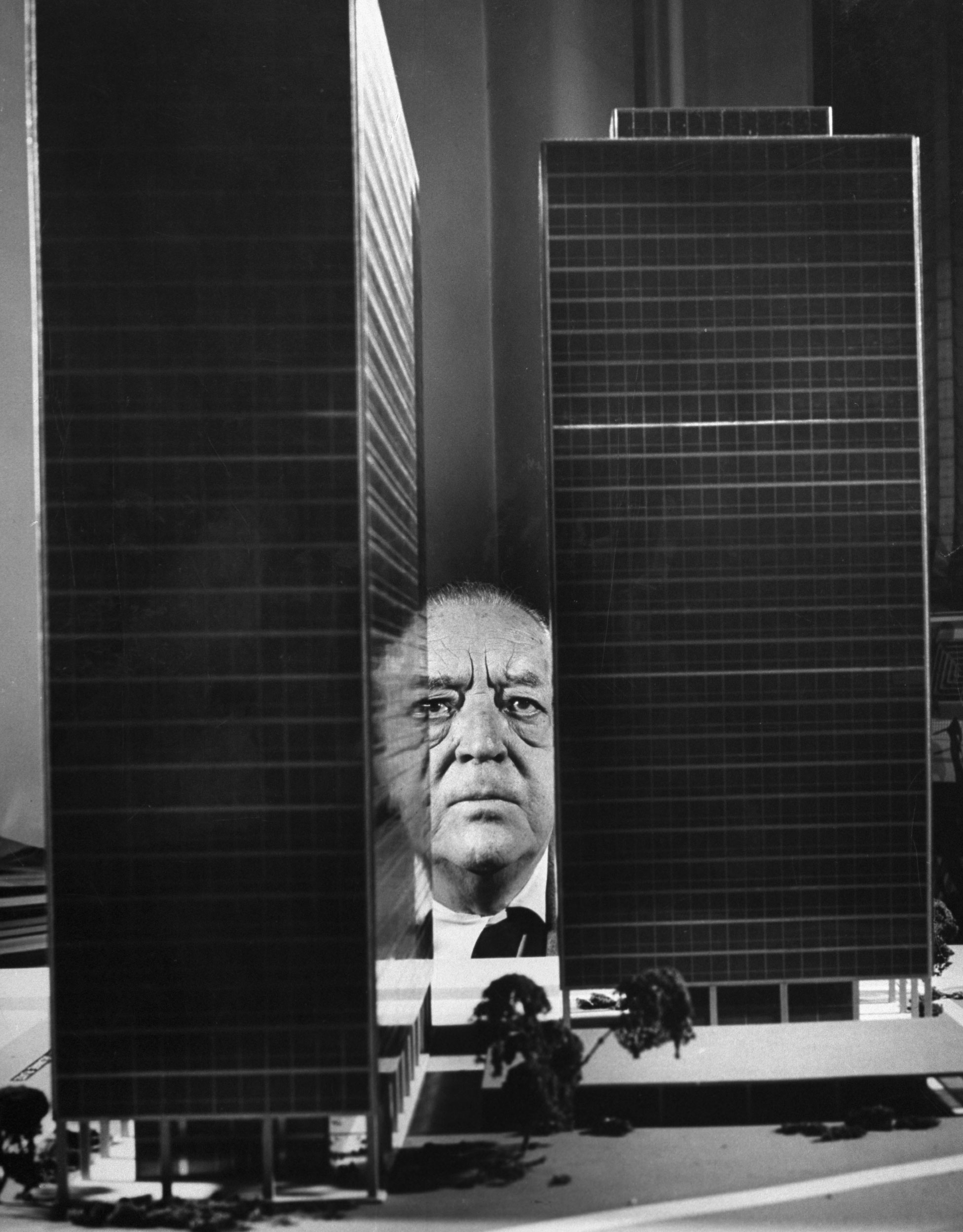
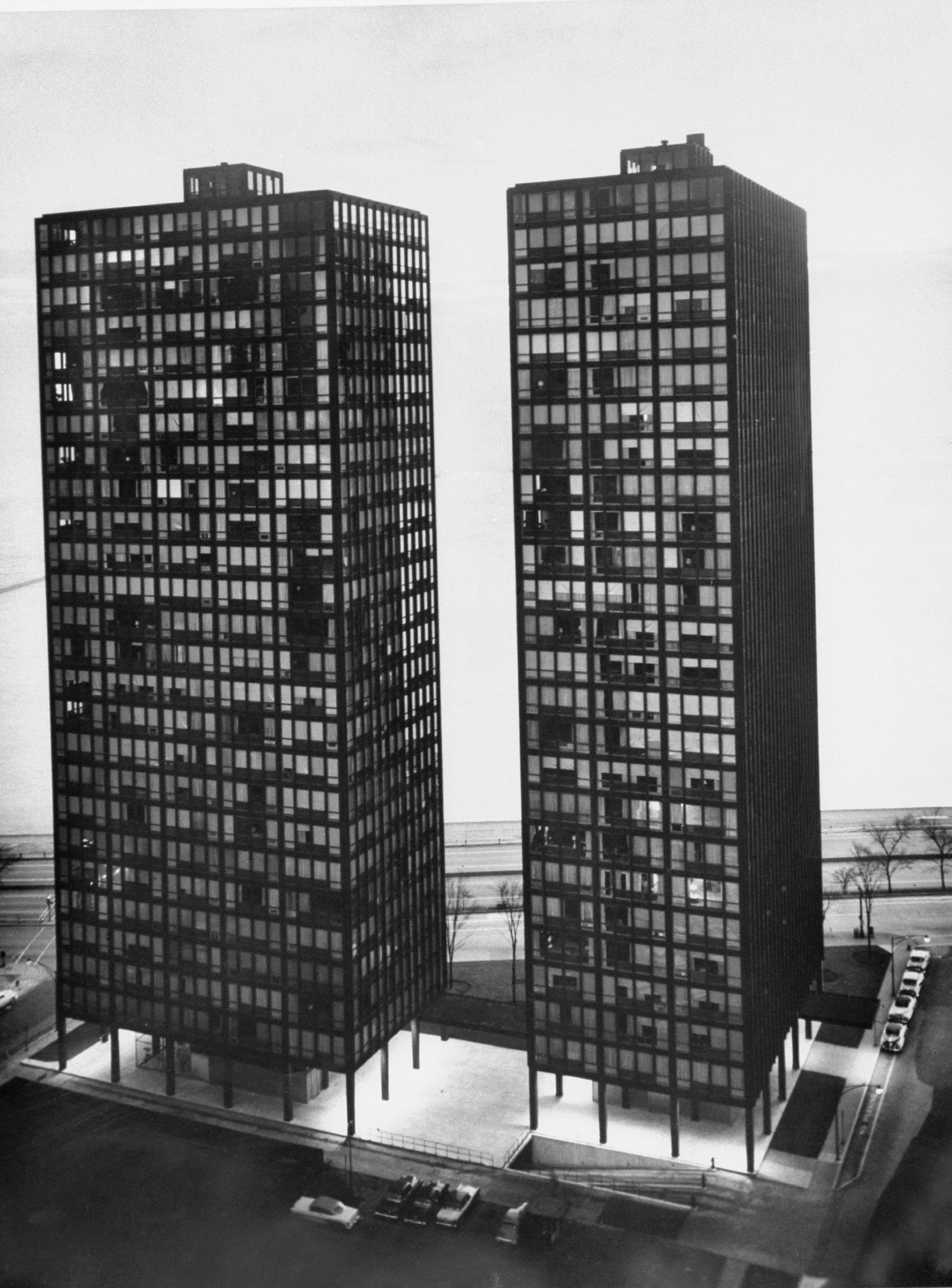

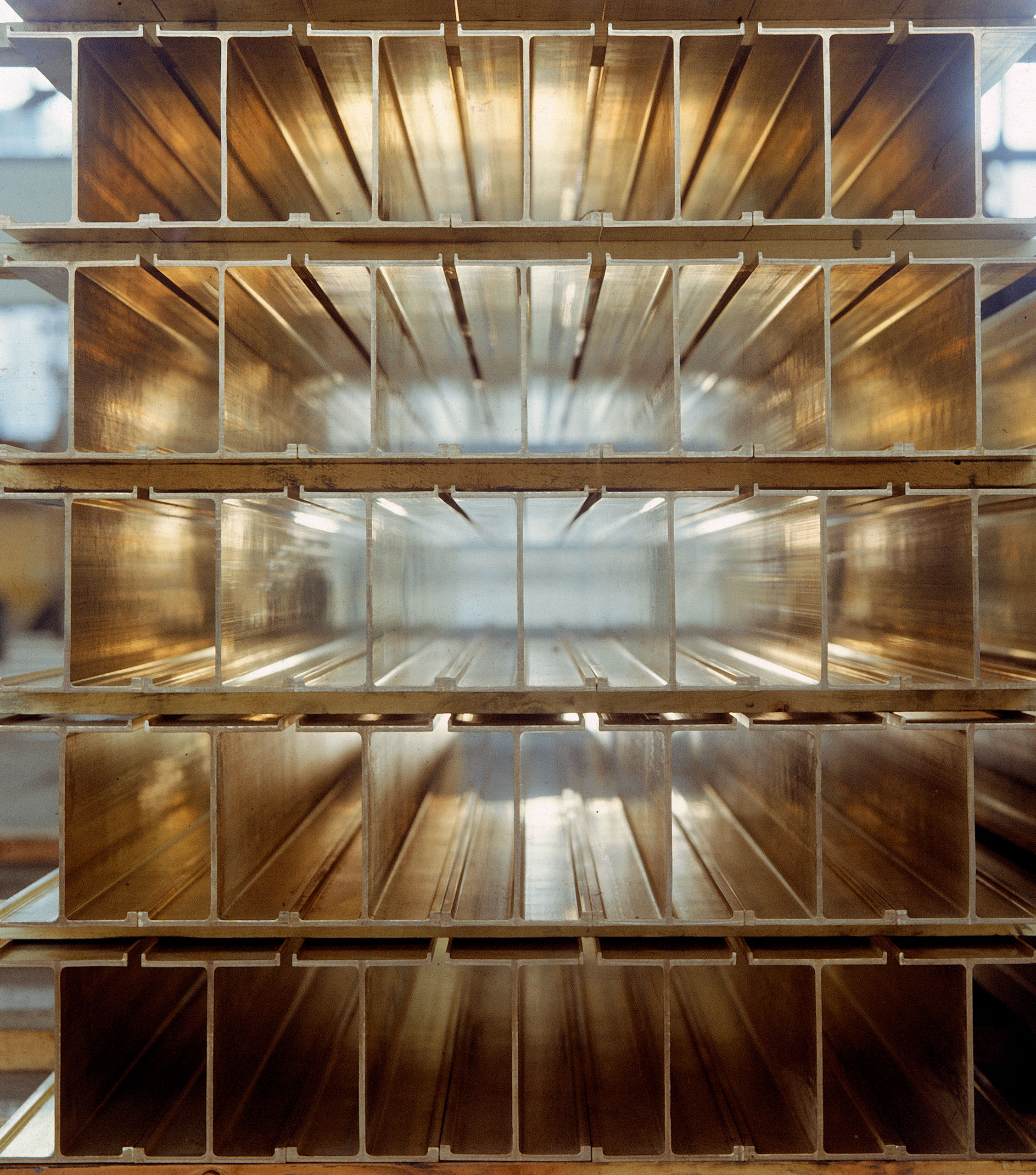



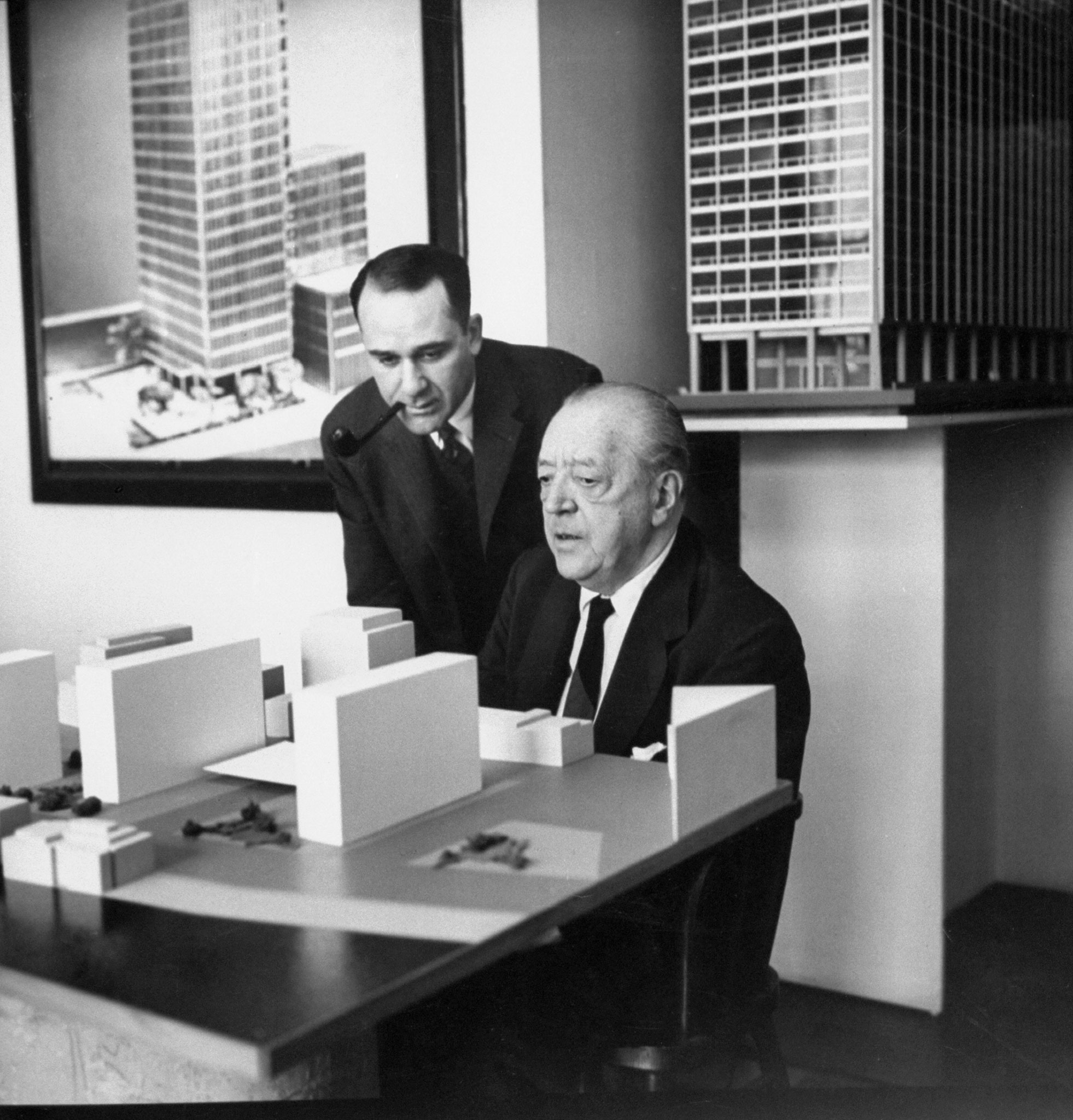
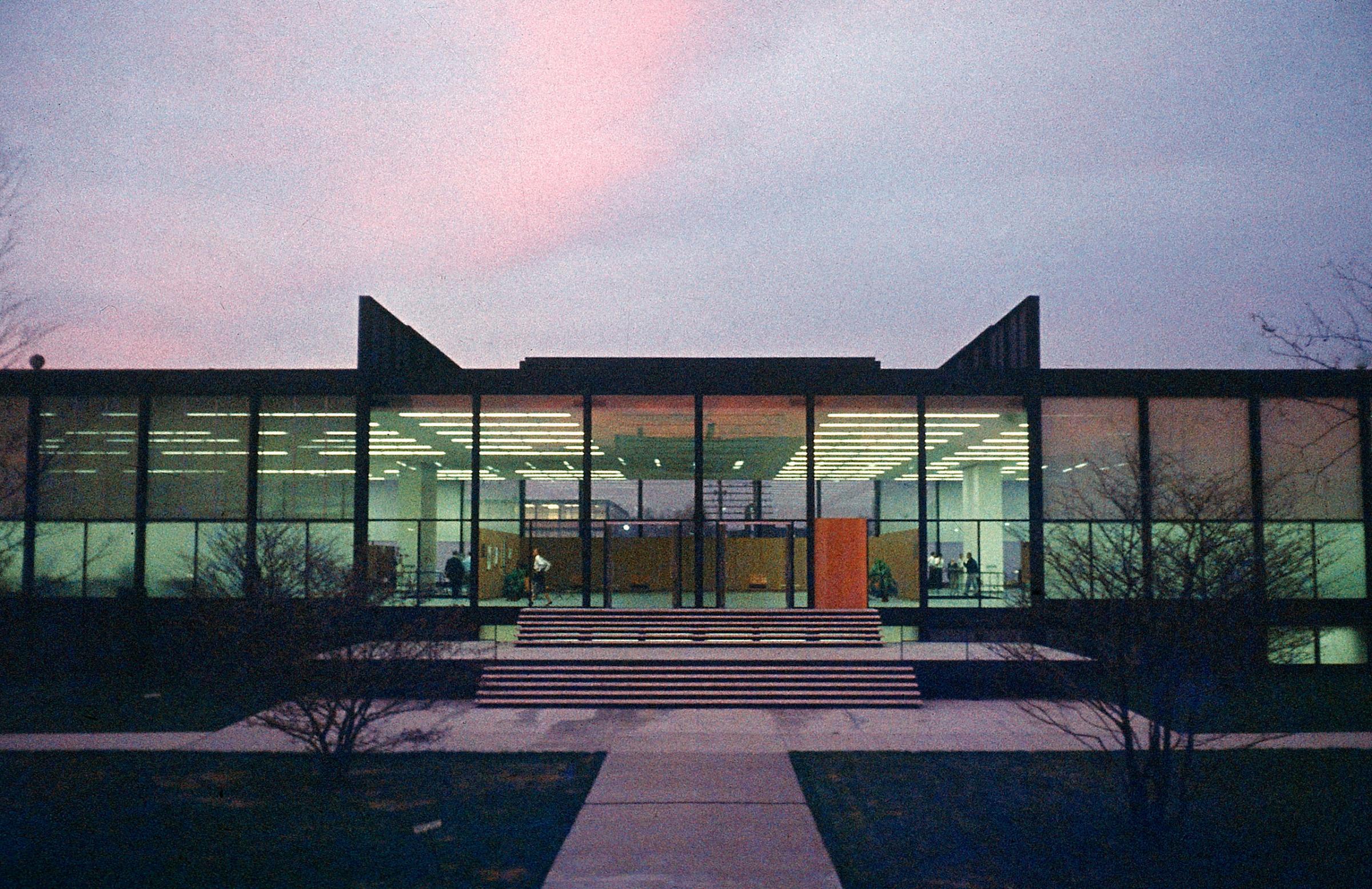

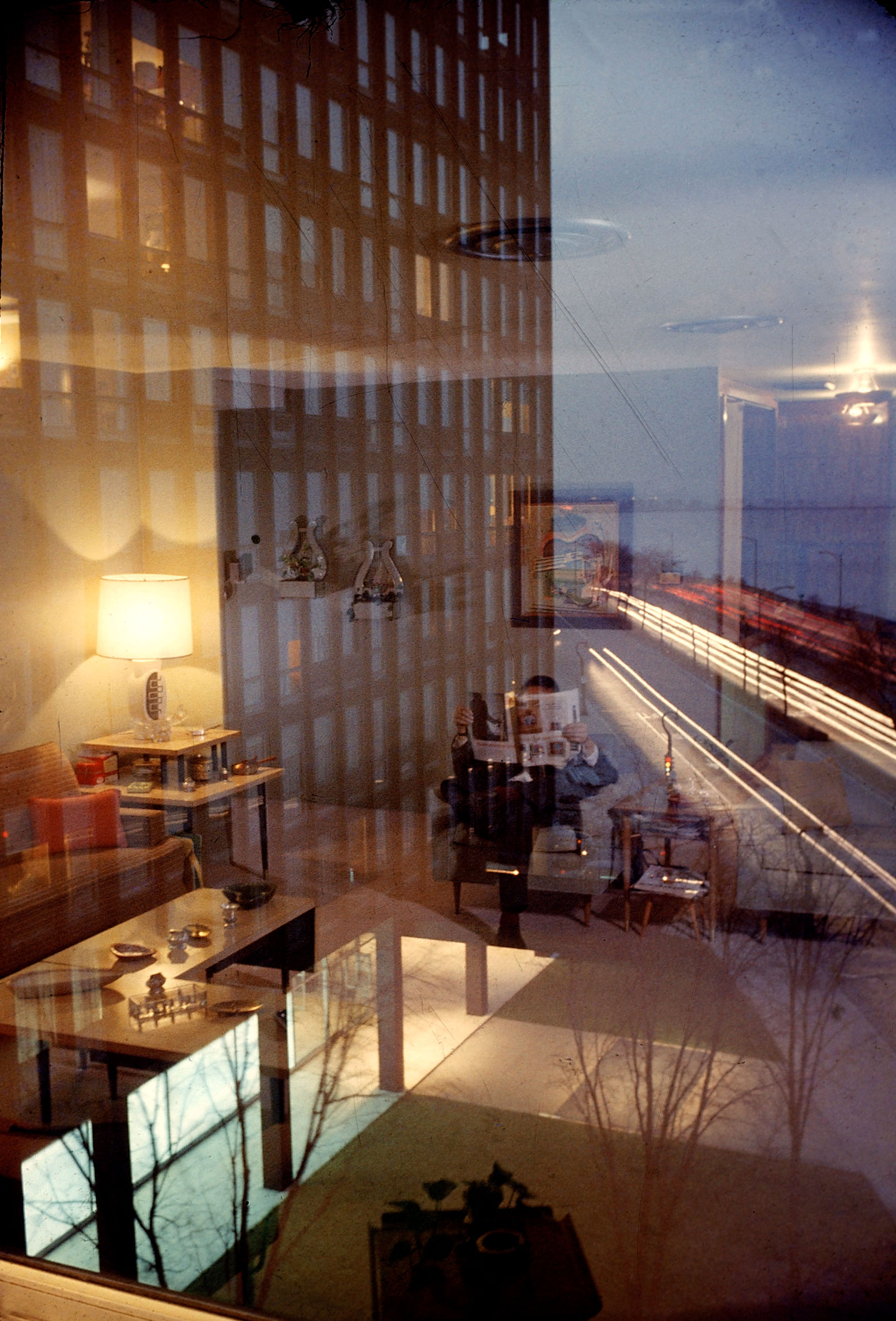

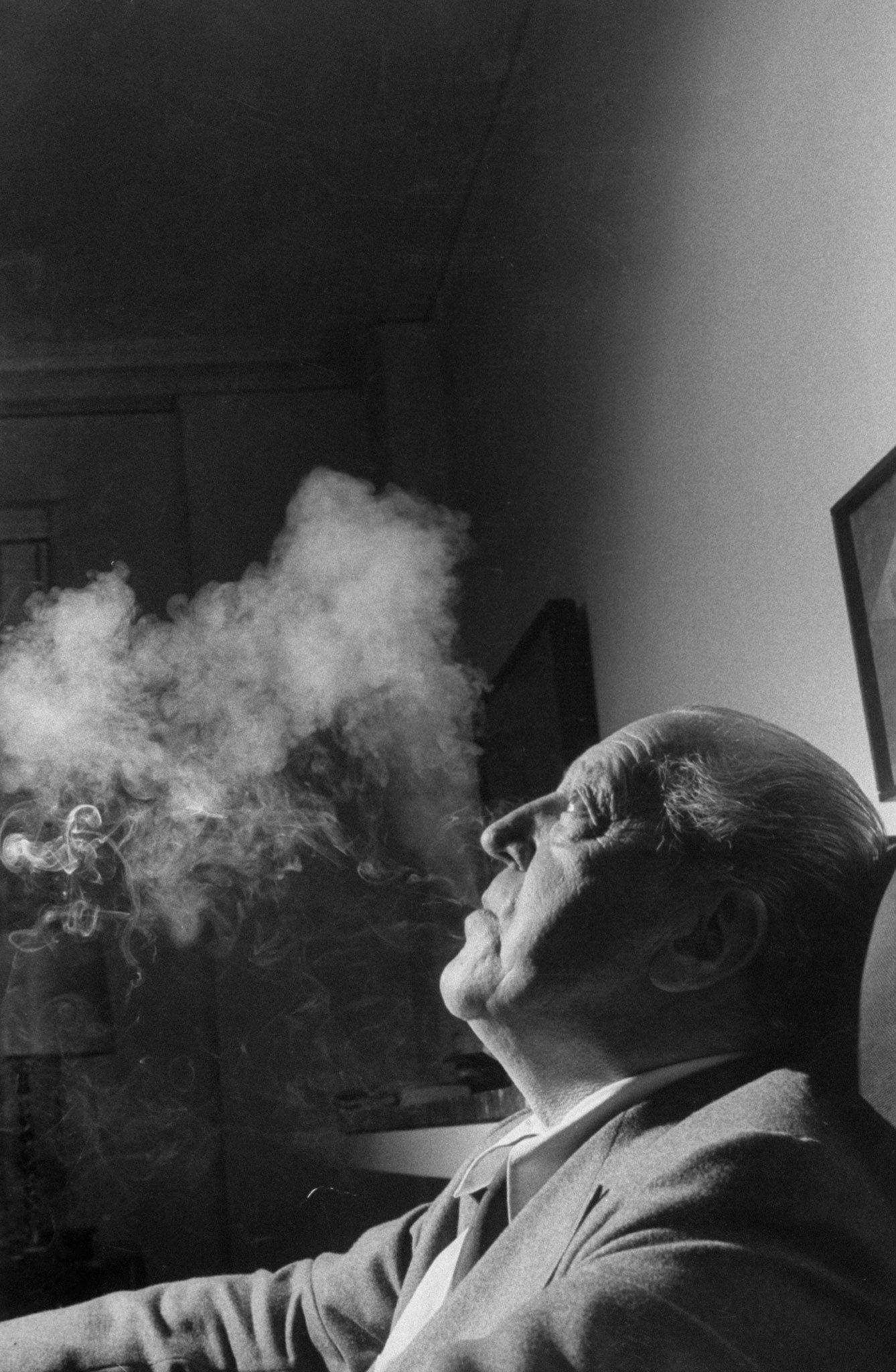
More Must-Reads from TIME
- Donald Trump Is TIME's 2024 Person of the Year
- Why We Chose Trump as Person of the Year
- Is Intermittent Fasting Good or Bad for You?
- The 100 Must-Read Books of 2024
- The 20 Best Christmas TV Episodes
- Column: If Optimism Feels Ridiculous Now, Try Hope
- The Future of Climate Action Is Trade Policy
- Merle Bombardieri Is Helping People Make the Baby Decision
Contact us at letters@time.com